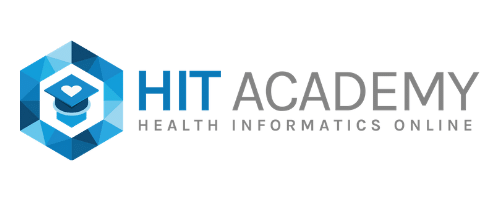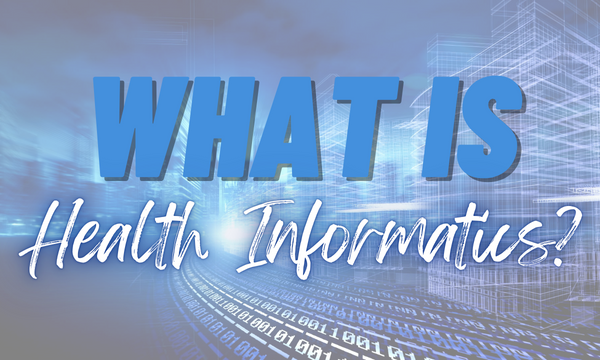Health informatics has helped transform the U.S. healthcare delivery system by means of acquiring, storing, and retrieving health information, which ultimately helps to foster better collaboration between a patient’s healthcare providers. The emergence of the field began when computer technology became sophisticated enough to manage large amounts of data. During the 1960’s is when health informatics really began to standardize as a field of study
The technology boom at the turn of the century has helped informatics and health information management systems further evolve. These advancements created a need for standardized data exchange protocols for disciplines like radiology and pharmacy. Global standards were ultimately included as well, making the field of health information technology into the complex and still developing discipline that it is today.
The past decade has seen tremendous growth in health informatics and health information technology related fields. This was primarily fueled by the adoption of the federal HITECH Act, in 2009. This legislation mandated a nationwide transition from outdated paper medical records to electronic health records (EHR). The successful adoption of electronic health records, along with the advancements in cloud technology and analytics capabilities, has resulted in improved availability of health data.
Improvements in care and better evidence-based practice, has increased the amount of data collected by EHRs and other data systems have produced a massive amount of data that hospitals and health care organizations now must manage and analyze. “This has led to increased demand for professionals who are well versed in both informatics and medicine. To meet this demand, the American Medical Informatics Association spearheaded the establishment of professional-level education and certification for physicians in informatics”.

Health Informatics vs. Health Information Technology – Understanding the Difference
It is very easy to confuse these two unique but closely related fields. Health information technology (HIT) refers to the technical infrastructure, tools, and systems used to provide care, improve communications and efficiently, securely administer billings and patient health information (PHI).
According to AHIMA, “Professionals who work in HIT are focused on the technical side of managing health information, working with the software and hardware that is used to manage and store patient data”.
Although both disciplines are in the healthcare technology field, AHIMA notes a distinct difference between the two career paths. Health informatics is defines as “a science that defines how health information is technically captured, transmitted and utilized … (and) applied to the continuum of health care delivery,” says AHIMA. Simply put, health informatics technology refers to the tools and technology, and health informatics is about how the insights are put into practice.
Health Informatics Jobs and Earning Potential
Today we are seeing an influx of healthcare professionals entering this sub-specialty. There is a demand for these professionals to collect, interpret, study the data and the operation of information systems, because it is critical for the success and usability of these systems. A 2013 research study concluded that “it is reasonable to predict that the number of leadership positions in clinical informatics with titles and roles such as chief medical informatics officer, chief health informatics officer, directors of clinical informatics, and lead of EHR implementation, etc., will increase in the near future”.
Hands-on experience in general information technology can give job candidates an advantage when looking for a position in health informatics, but many health care professionals are interested in recruiting people who understand the unique problems in medicine and nursing. A clinical background is preferred, recruiters are looking for applicants who already know the language of medicine.
Educational training is also important, employers often look for individuals with master’s-prepared job seekers. This level of education gives an advantage over those with a bachelors. A study from the American Health Information Management Association in 2012, found that a master’s degree in health informatics will produce $20,000 more a year in salary than a Bachelor of Science. Also of importance in the job search are cognitive and social skills. An analytic mind, knowledge with statistics and medical research practice are of value. Likewise, leadership skills together with a willingness to ardently pursue technological solutions to clinical problems will also get recruiters’ attention.
Roles in the Health IT field include:
- Chief Information Officer (CIO)
- Chief Medical Informatics Officer (CMIO)
- Chief Security Information Officer (CSIO)
- Nursing Informatics Specialist
- Network Administrator
- Software Engineer
- Computer Scientist
- Systems Analyst
- IT Consultant
- Technical Support Professional
There and many other positions are needed to help develop new mobile medical apps, protect electronic records systems from data breaches, analyze patient satisfaction surveys to improve quality of care, manage hardware and software updates in medical practices, and create statewide databases to conduct disease surveillance. These jobs will play a critical role in improving health care delivery by utilizing information to make sound decisions.





Recent Comments